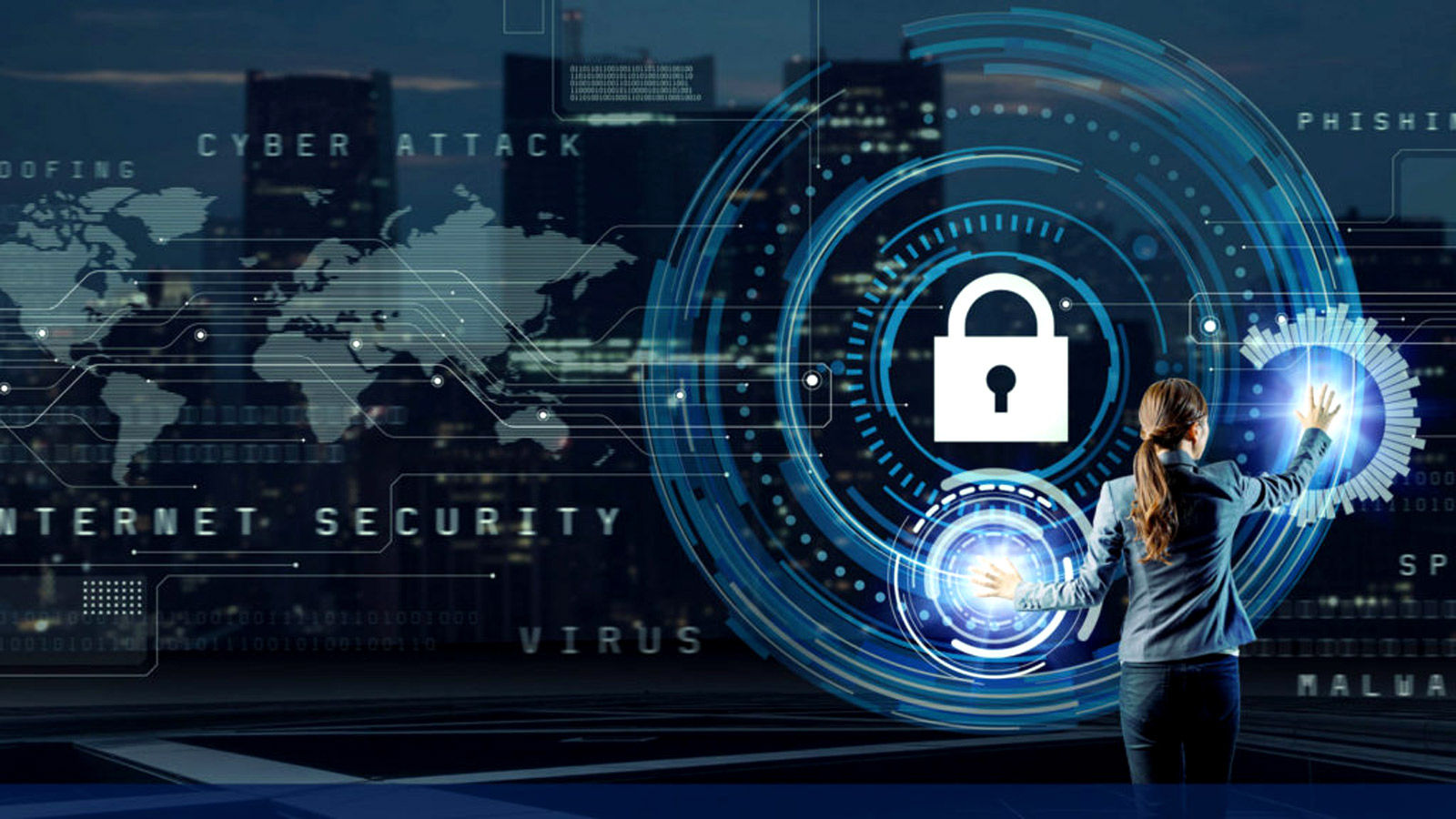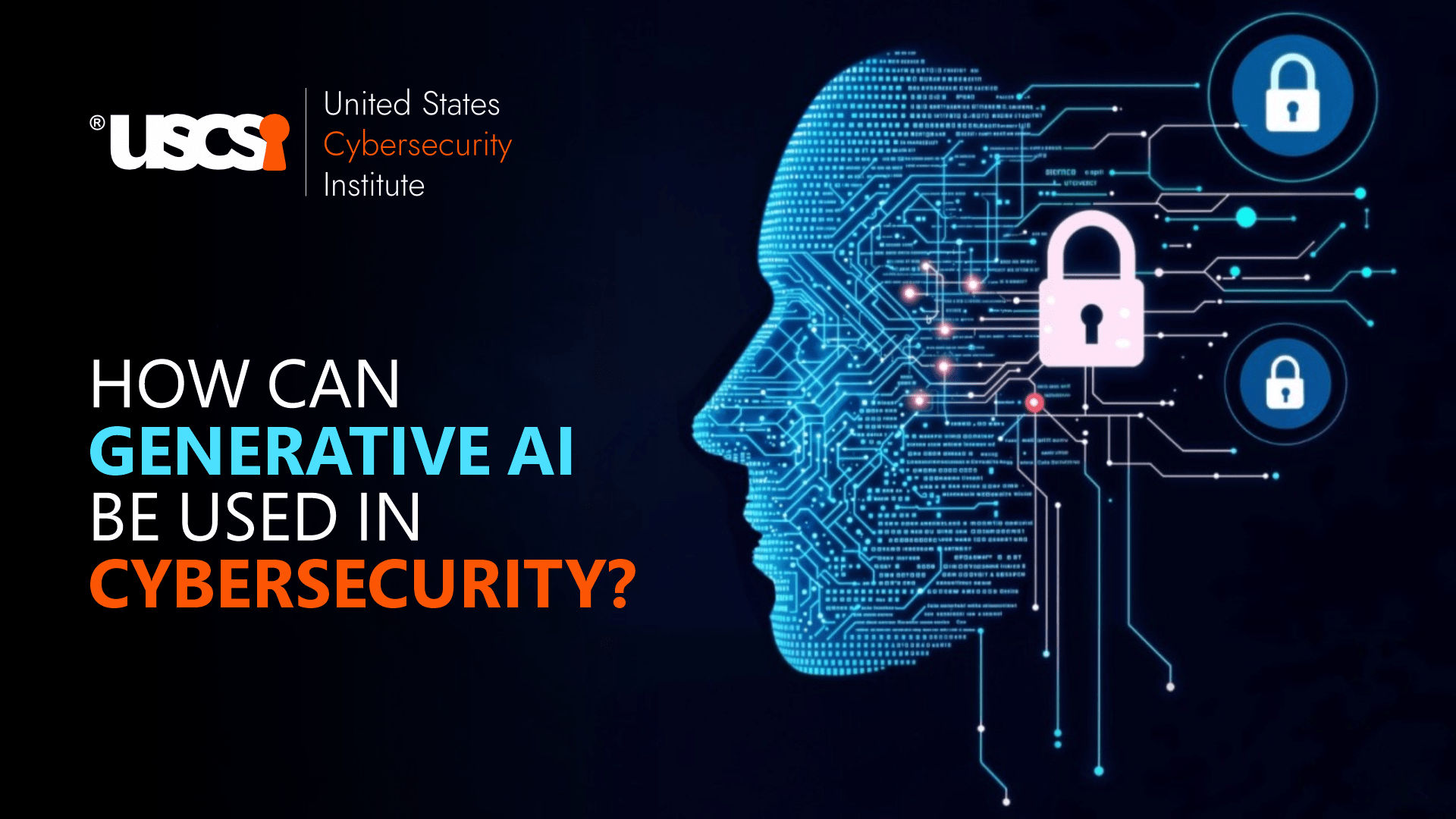

Prospective Cybersecurity Trends in the Evolving Threat Landscape
The rapid advancement in technology has reformed the shape and structure of the digital world. With the emergence of new inventions and innovations like artificial intelligence in the rapidly advancing cyber landscape of 2023, emerging technologies such as AI, machine learning, 5G, the Internet of Things, and Quantum Computing are altering the way people lived their day-to-day commitments.
But the pros of the breakthroughs are associated with equivalent cons, challenges, and vulnerabilities, particularly in the form of cyber threats. Within the context of this article, let us dig deep to explore the current contemporary Cybersecurity trends and metrics, underscoring the mounting risks and the criticality of fortified cybersecurity measures adopted by cybersecurity experts.
Impact of Emerging Technologies on Cybersecurity Trends
The adoption of AI and machine learning has become a hot topic in the cybersecurity domain.
- Cybercriminals leverage generative AI-powered tools such as ChatGPT to amplify social engineering capabilities and identify vulnerabilities for targeted cyber threats and attacks.
- The amalgamation of AI, machine learning, and code empowers hackers to exploit system gaps and weaknesses.
The Rising Tide of Cyber Attacks
- The global cyber threats and attacks landscape has witnessed a striking surge in the first quarter of 2023. Check Point's research shows that cyber threats and attacks have risen 7% globally. Organizations face a staggering 1,248 attacks per week. The education and research sector has suffered the highest number of attacks, experiencing a 15% increase.
- Malware continues to be a pervasive threat, with approximately 560,000 new malware programs being detected daily. This translates to four companies falling victim to ransomware attacks every minute.
- The sheer volume of malware circulating in the digital realm poses a significant challenge for cybersecurity experts and professionals.
- To make matters worse, publicly-reported data breaches and leaks have affected nearly 340 million individuals in 2023 alone. These breaches expose sensitive information and perpetuate the risk of identity theft, financial fraud, and privacy violations.
Vulnerabilities in the Global Internet Attack Arena
- The expansion of connectivity, mainly through the proliferation of 5G networks, has led to a larger attack surface for cybercriminals. The reduced latency offered by 5G facilitates quick exploitation by threat actors, requiring organizations to enhance their cybersecurity defenses.
- The State of Cyber Assets Report (SCAR) released by JupiterOne highlights organizations' growing challenges in managing their cyber assets. The number of security vulnerabilities has skyrocketed by 589%. Data is the most vulnerable asset, accounting for nearly 60% of all security findings.
Healthcare: A Prime Target of Cyber Attacks
The healthcare industry remains a primary target for cybercriminals due to its vulnerabilities and high-value data. The critical nature of healthcare services makes organizations more susceptible to paying ransoms to ensure continuous care. Additionally, healthcare institutions' valuable personal and financial information fetches high prices on the dark web. These factors make ransomware attacks a lucrative avenue for cybercriminals targeting the healthcare sector.
Prevalence of Phishing Attacks
Recent research indicates that approximately half of all HTML email attachments are malicious, representing a double as compared to the previous year.
Barracuda's analysis reveals that 45.7% of HTML attachments scanned earlier this year were identified as negative. This alarming trend underscores the need for heightened vigilance and caution while interacting with email attachments.
Perils of Ransomware
Ransomware attacks have surged in recent years, fueled by emerging technologies and the use of cryptocurrencies for anonymous payments. The average ransom demands, payments, and recovery times have all increased across various industries.
According to Baker Hostetler's Digital Assets and Data Management report, threat actors continually adapt their tactics, utilizing evasive malware, social engineering, and credential stuffing to breach networks. Ransomware groups often target companies with annual revenues of approximately $50-60 million, and third-party vendors are increasingly targeted for client information extortion.
Safeguarding the Supply Chain
The supply chain has emerged as a significant vulnerable area for cyberattacks, as highlighted by recent breaches namely Colonial Pipeline and SolarWinds. Reversing Labs Software Supply Chain Risk Survey reveals that 9 out of 10 companies have detected significant risks in their software supply chain. Organizations must prioritize robust supply chain security measures to mitigate these risks effectively.
Dangers of Concealing Breaches
The reluctance to report breaches due to potential reputational and financial damage poses a dangerous trend.
Bitdefender's IT and security professionals survey reveals that 42% of respondents were instructed to keep breaches confidential, while nearly 30% admitted to concealing breaches instead of reporting them. This practice undermines transparency, hampers efforts to improve cybersecurity, and perpetuates the cycle of cyber threats.
Mitigating the Soaring Cyber Threats
Implementing proactive cybersecurity measures suggested by proficient cybersecurity experts becomes paramount as cyber threats grow more sophisticated and persistent.
- Multi-Factor Authentication (MFA): Implement MFA to reduce the risk of unauthorized access.
- Identity and Access Management (IAM): Utilize IAM solutions to ensure appropriate access privileges and manage user roles effectively.
- Strong Password Management: Encourage using complex, unique passwords and consider employing password management tools.
- Protective Tools: Employ firewalls, antivirus software, and intrusion detection systems to fortify your network defenses.
- Regular Updates and Backups: Stay up to date with security patches and maintain robust backup systems.
- Develop an Incident Response Plan: Prepare and rehearse an incident response plan to minimize the impact of potential breaches.
Conclusion
The evolving cybersecurity landscape demands constant vigilance and a proactive approach to defend against cyber threats; as technologies advance, cyber threat actors adapt, necessitating continuous innovation and improvement in cybersecurity measures. By staying informed about the latest trends and statistics, cybersecurity experts can protect individuals, organizations, and critical digital infrastructure from the persistent and increasingly sophisticated threats we face in 2023.





